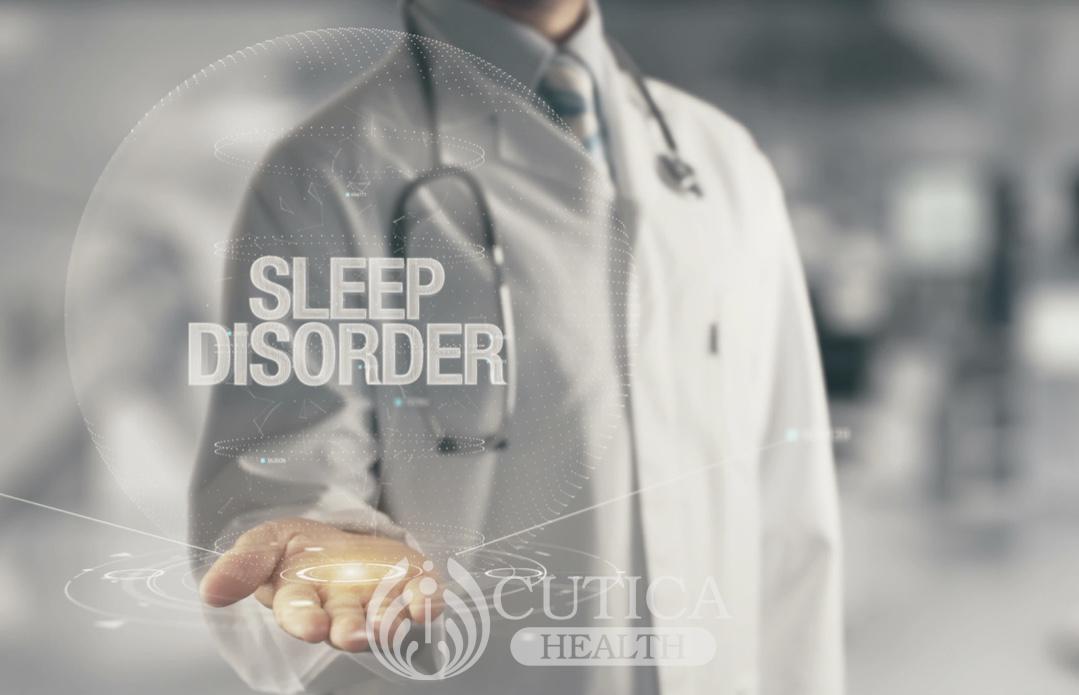
“Deborah was diagnosed with depression after three months of struggling with persistently low mood, ignoring activities she used to enjoy before, and isolating herself from others. She confided into her friends about her diagnosis but some of the comments she received from them made her feel worse. Two people advised her to “get over it, since it was all in her head” while one person said “it was a sign of laziness.”
Depression is a psychological disorder which is characterised by persistently low mood over a period of time, loss of interest in one’s hobbies and preferred activities, poor concentration, sleep difficulties, and feelings of guilt, hopelessness, and helplessness. It is a serious disorder that can range from mild to severe and which often requires treatment in the form of therapy and/or medication.
However, the many beliefs people have about depression, its cause and treatment means that there is often considerable stigma around revealing one’s diagnosis and receiving treatment. The comments Deborah received from her friends are some of the common responses that people with depression receive from people around them. These comments are rarely made with malicious intent. They reflect the inaccurate knowledge many people know about depression as well as the myths and misconceptions people hold about the disorder.

What are some of these myths and misconceptions?
Myth: Depression is a sign of weakness or laziness.
Fact: Having depression does not mean you are weak. Anybody can experience depression at any time. Soldiers, professors, doctors, students, lawyers, accountants, pastors, and more can all experience depression. Depression is a major disorder often caused an imbalance in the neurotransmitters (chemical messengers) of the brain or by major life events such as loss of a loved one, divorce, financial difficulties, or a chronic disease diagnosis.
Myth: Depression is a normal part of life.
Fact: While moments of sadness are a regular part of life, depression is not. Depression means experiencing persistent sadness for a long period of time even when good things happen or no significant negative event has occurred. It’s alright to be sad from time to time, but these moments usually pass. If you find yourself felling very unhappy for a long period of time, please talk to a professional.
Myth: Depression is not real, it’s all in your head.
Fact: Depression is a serious condition that can lead to loss of life if left unmanaged. A person with depression can not decide to stop being sad or to just ignore the disorder. Just because the physical signs of depression can not be easily seen does not reduce its effect on the lives of people struggling with this disorder. Depression also has physical symptoms such as fatigue, headaches, and sleeping difficulties that contribute a general feeling of ill health.
Myth: Isn’t depression the same thing as feeling sad?
Fact: Although people use these terms interchangeably, feeling sad and feeling depressed are two different things. Feelings of sadness do not last for a long period of time but depression may last for months and even years. Sadness tends to go away by itself but depression often requires professional help. Additionally, feeling sad is just one of the key symptoms that characterise this disorder.
Myth: Depression affects only women.
Fact: Depression does not discriminate. Men, women, the young, and the old all experience depression. Statistical data shows that the prevalence is higher among women than among men. This is not because less men experience depression, but because men are less likely to talk about it, get a diagnosis, and receive treatment for the disorder. Men may also report different symptoms such as feeling angry, physical aches and pains, and memory problems.

Conclusion
Myths are false beliefs that we hold about a phenomenon. These myths can contribute to stigma and prevent people with depression from speaking up about the disorder or seeking help. Depression is not a badge of permanent mental ill health. It can be managed in a variety of ways such as through psychotherapy, medication, lifestyle changes, and medical treatments when necessary.












